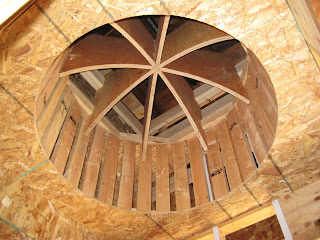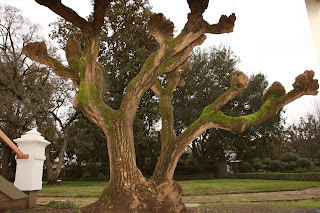 Autumn is a vibrant time of year in the gardens of McDonald Mansion
Autumn is a vibrant time of year in the gardens of McDonald Mansion
 and along McDonald Avenue. (floral pictures by donnajonesphotography.com)
and along McDonald Avenue. (floral pictures by donnajonesphotography.com)
Come see for yourself.
Enjoy your surroundings,
McDonald Mansion Martin
 Autumn is a vibrant time of year in the gardens of McDonald Mansion
Autumn is a vibrant time of year in the gardens of McDonald Mansion
 and along McDonald Avenue. (floral pictures by donnajonesphotography.com)
and along McDonald Avenue. (floral pictures by donnajonesphotography.com)
 ead. Pollyanna is an orphaned daughter, of missionaries, who arrives in the small town of Harrington to live with her rich aunt, Polly Harrington. Pollyanna is a cheerful youngster who focuses on the goodness of life and in doing so makes a wide variety of friends in the community including the hypochondriac Mrs. Snow and the acidic recluse Mr.Pendergast (source: www.wikipedia.com).
ead. Pollyanna is an orphaned daughter, of missionaries, who arrives in the small town of Harrington to live with her rich aunt, Polly Harrington. Pollyanna is a cheerful youngster who focuses on the goodness of life and in doing so makes a wide variety of friends in the community including the hypochondriac Mrs. Snow and the acidic recluse Mr.Pendergast (source: www.wikipedia.com).

 Frame work for ceilings:
Frame work for ceilings:

 To achieve the finish look you must have great, true and symmetrical framing "bones". In this older house, it is necessary to first plumb, level, shim and plane the existing 130+ year old wall, floors, and ceiling
To achieve the finish look you must have great, true and symmetrical framing "bones". In this older house, it is necessary to first plumb, level, shim and plane the existing 130+ year old wall, floors, and ceiling s.
s.



 difficult to work with than stone. As a style it is generally considered to be a linking development between the Gothic Revival and Queen Anne, while all three styles ultimately have their roots in the Medieval English domestic architecture.
difficult to work with than stone. As a style it is generally considered to be a linking development between the Gothic Revival and Queen Anne, while all three styles ultimately have their roots in the Medieval English domestic architecture. The McDonald Mansion Historical Ball will be on July 24, 2010.
The McDonald Mansion Historical Ball will be on July 24, 2010. down to interior and
down to interior and you get a nick in the coating, it will lead to flaking and peeling.
you get a nick in the coating, it will lead to flaking and peeling. ally create rust problems, such as staining and corrosion.
ally create rust problems, such as staining and corrosion.  This is not wood, but rather a cast iron newel posts.
This is not wood, but rather a cast iron newel posts. (The parterres garden with winter frost)
(The parterres garden with winter frost)
 (Coral Tree, Winter) (Coral Tree, Summer)
(Coral Tree, Winter) (Coral Tree, Summer)
 originally name Mableton, after Mrs. McDonald's plantation home where she grew up in Mississippi.
originally name Mableton, after Mrs. McDonald's plantation home where she grew up in Mississippi.


